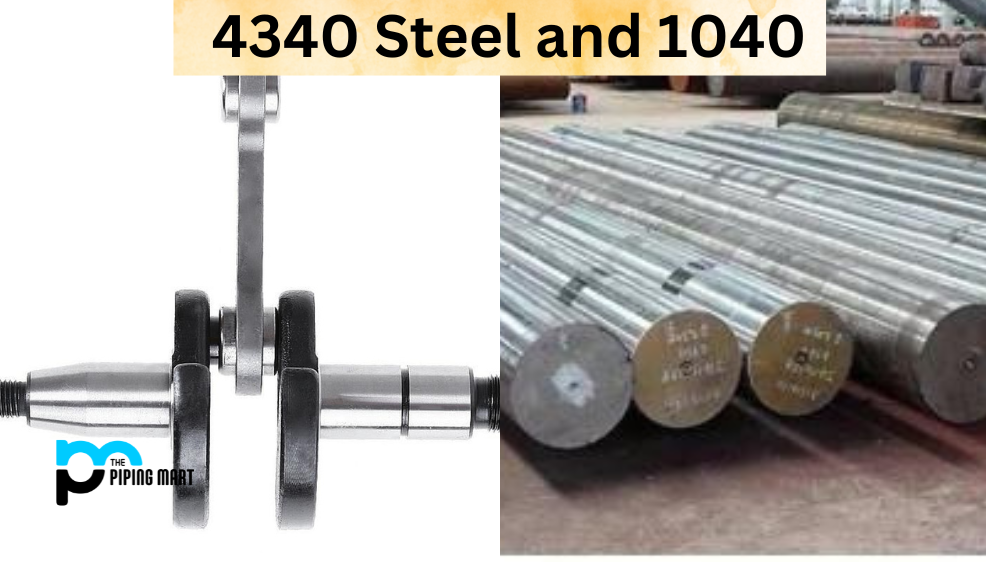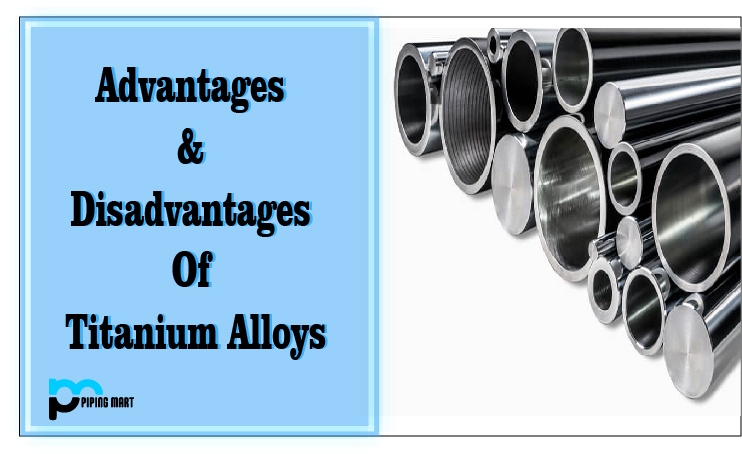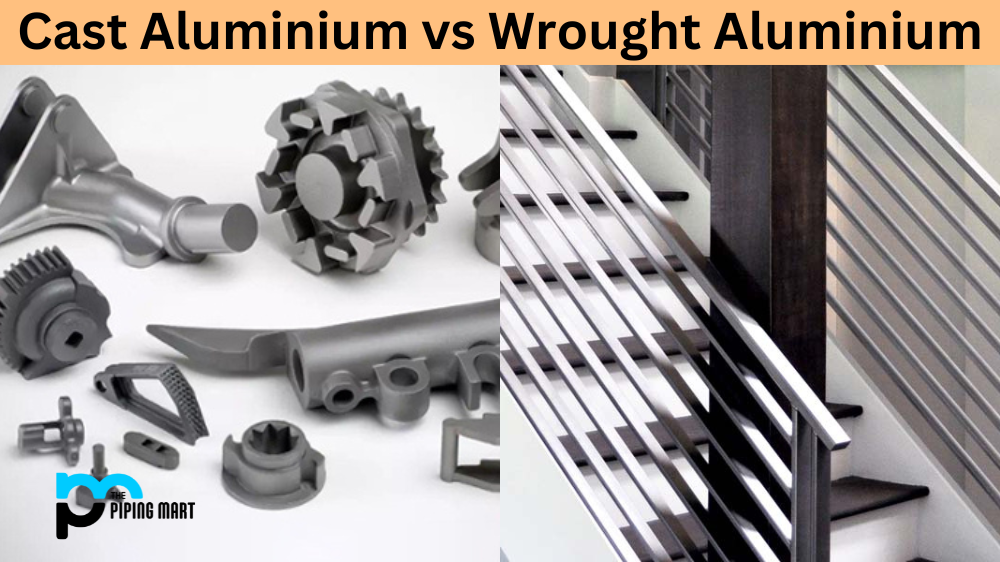High-quality steel has become crucial for manufacturing industries as the precision, strength, and durability requirement has increased significantly. Steel alloys such as 4340 and 1040 are popular for various applications. These materials have unique properties that make them ideal for specific uses. This blog post aims to provide an in-depth comparison of the two materials regarding their properties, applications, and other important factors.
What is 4340 steel?
4340 steel is an alloy with high nickel, chromium, and molybdenum levels. These elements give 4340 unique steel properties such as high strength, wear resistance, toughness, and good ductility. Due to these properties, 4340 steel is widely used in the aerospace, automotive, and defence industries. It also manufactures gears, shafts, crankshafts, and other critical components requiring high strength and toughness. The material can be heat-treated to improve its strength and hardness.
What is 1040 steel?
1040 steel is a low to medium carbon steel with a carbon content of 0.40%. To improve its mechanical properties, the material is alloyed with other elements, such as manganese, phosphorus, and sulfur. 1040 steel has excellent machinability and welding characteristics and can be easily transformed into different shapes. It is commonly used to manufacture axles, rods, bolts, and studs in the automotive industry. It also produces small to medium-sized components that require low to medium strength.
Difference Between 4340 Steel and 1040
Mechanical Properties
The mechanical properties of steel are critical in determining their suitability for specific applications. The following table compares the mechanical properties of 4340 and 1040 steel.
Applications
4340 Steel is commonly used in aerospace components, crankshafts, gears, and shafts that require high strength and toughness. It also manufactures landing gear components, engine mounts, and other critical components requiring high fatigue resistance.
1040 steel is widely used in the automotive industry for producing drive shafts, axles, and oil drill components that require moderate strength and durability. It is also used to produce gears, cylinder studs, and bolts.
Conclusion
In conclusion, both 4340 steel and 1040 steel have unique properties that make them ideal for different applications. While 4340 steel is suitable for high-stress applications that require high strength and toughness, 1040 steel is ideal for producing low to medium-strength components that require excellent machinability and cost-effectiveness. Before selecting any of these materials, it is essential to understand the application’s specific requirements to determine which material is best suited for the job.




